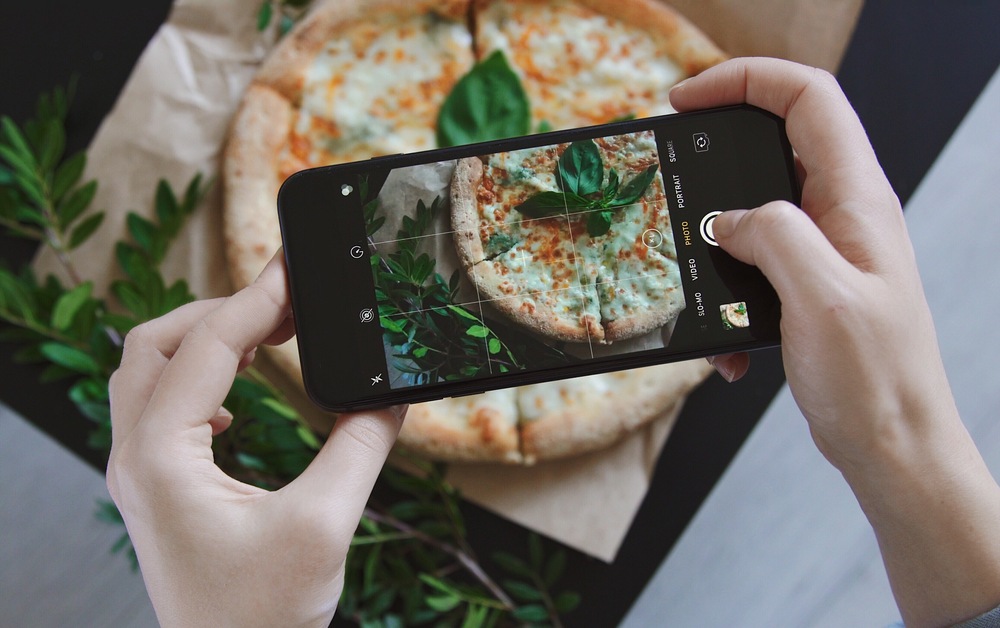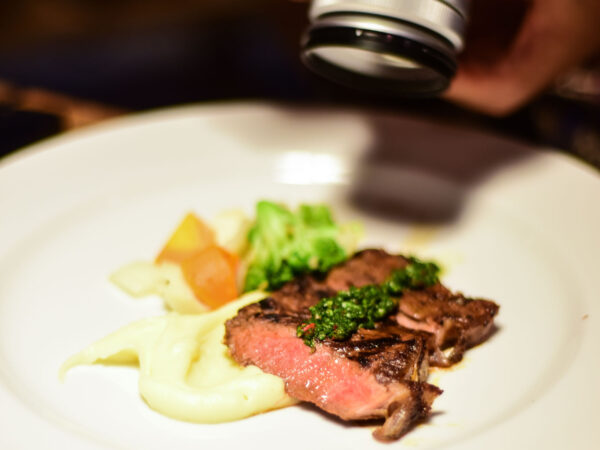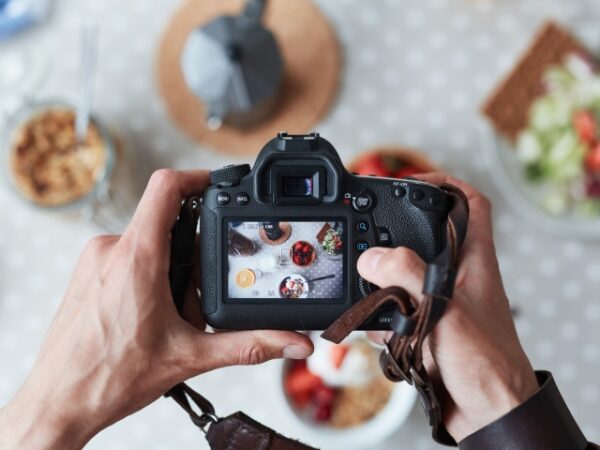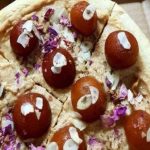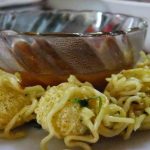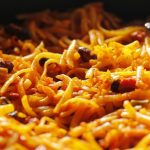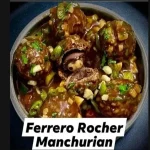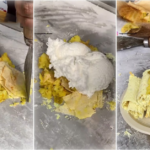Food photography is not as simple as it seems. It takes a lot of effort, time, and most important of all practice. If you are thinking of starting out your own food blog or simply have a passion for food, knowing a thing or two about the basics of food photography might make things a little bit easier for you.
If you are starting out on this venture then one tip is that you follow some good professional food photographers and just take out your camera or smartphone and start clicking. It is not something that you can learn by reading, you only get better at it by actually doing it. This article is an introduction to food photography to get you started.
What is Food Photography?
Food photography is to create attractive still-life photographs of food. As we know it is used in advertisements, magazines, packaging, menus, and/or cookbooks. It is a sub-division of commercial photography and has the sole purpose of making articles of food appear attractive and for advertising food commercials. There is a lot of effort and thought process that goes into making a captivating and dazzling advertisement.
Background
Food photography has not always been this common. The concept of food photography originated in 1845 by William Henry Fox Talbot. His photograph is the first known photograph featuring peaches and pineapple. This piece of art laid down the foundation of food photography. And so, the field is ever since evolving and setting new standards.
Back then, photographers only took the tabletop shot. To them, the overhead view was the only view. Food was accordingly arranged flatly on the plate and clearly separated from one another. But With the passage of time, more attention was given to angle, lighting, and props. Since then food photography is all about sophistication and making food look glamourized.
Basic Components to a perfect Food Photograph
What is a good enough food photograph? It is something that catches your attention and makes you hungry. It makes you salivate and you instantly have a craving for that food. When you look at the photograph it makes you go “I want to eat this!!”.
So here are some things to know to get that kind of reaction.
1. Lightening
The first and foremost thing to get right for your food picture to come out good is the lighting. Professional food photographers use natural as well as artificial lighting to get that perfect, Instagram-able picture. Through the naked eye, natural light makes food look really good but when photographed, the food is accompanied by shadows. However, you can use a diffuser or a pure white fabric to soften the bright sunlight. But if the sunlight is not working out for you, use artificial lights. Artificial lights make the job easy but you still need to practice.
2. Angle
Angle is another important factor in your food photography. Because the angle tells the story of your food. Food angle is not defined. Some foods look better from above while others look catchy and attractive at a 45-degree angle. It is difficult to have the perfect angle.
So it is recommended by professionals to take photographs at various angles and you can choose your favorite pick later. However, when choosing, consider the size, height, and other features that best complement the food. It is the angle that is the highlight of the food photography.
3. Props
A prop adds color and texture to the picture. You can use anything and everything as a prop as long as it does not contradict the theme and does not outshine the main star of the show. A prop is meant to assist the star and help it shine out more. It adds more depth to the story so try to use relevant props and backdrops.
However, don’t overdo it, as sometimes more can be overwhelming. Simplicity and decency is the key to a perfect picture.
Bottom Line
To summarise it all:
- Find your light, it can either be natural light or artificial light.
- Try taking photos from different angles to find that one perfect picture.
- Do not clutter the food photograph with props.
- Last but not least. Practice! As we all know practice makes a man perfect.
